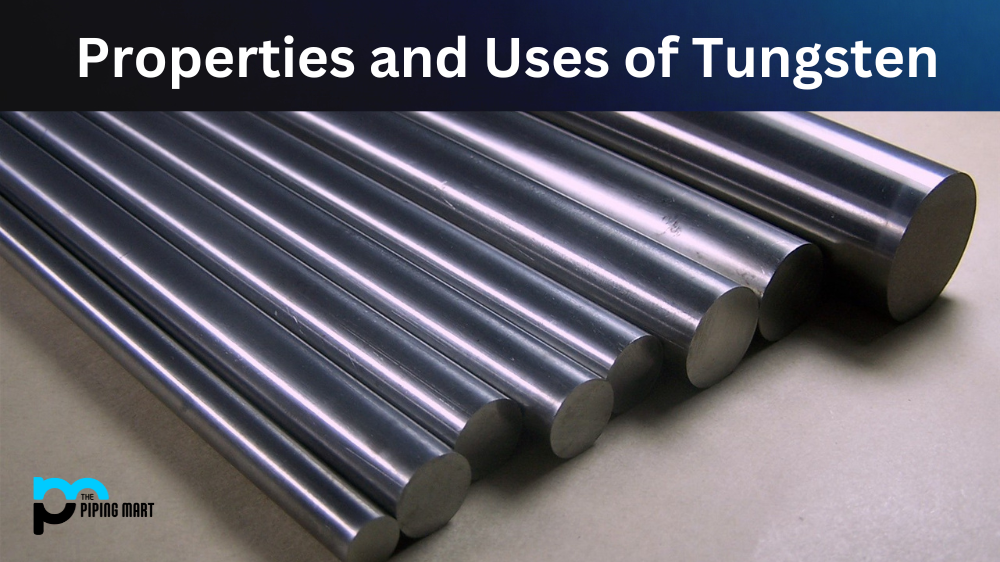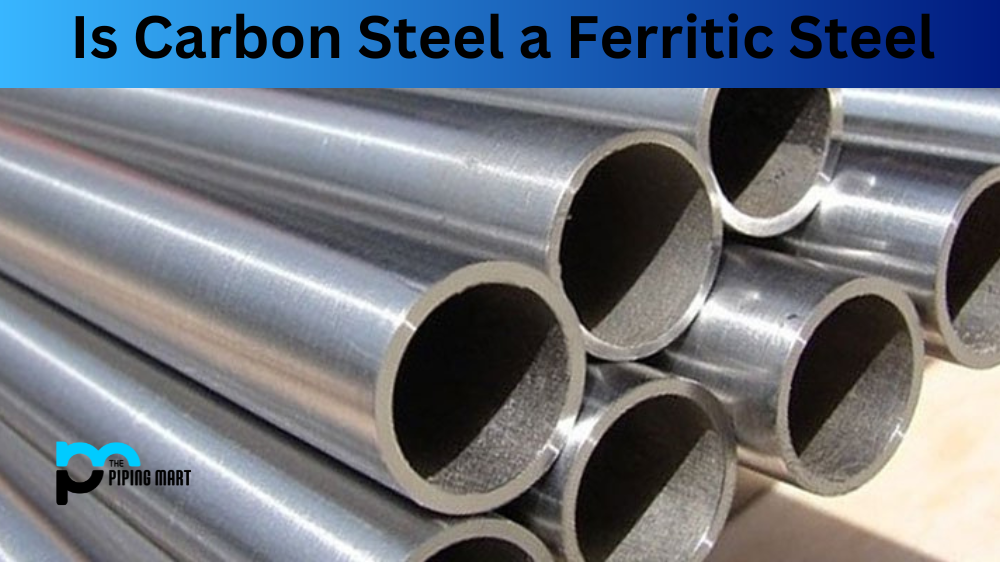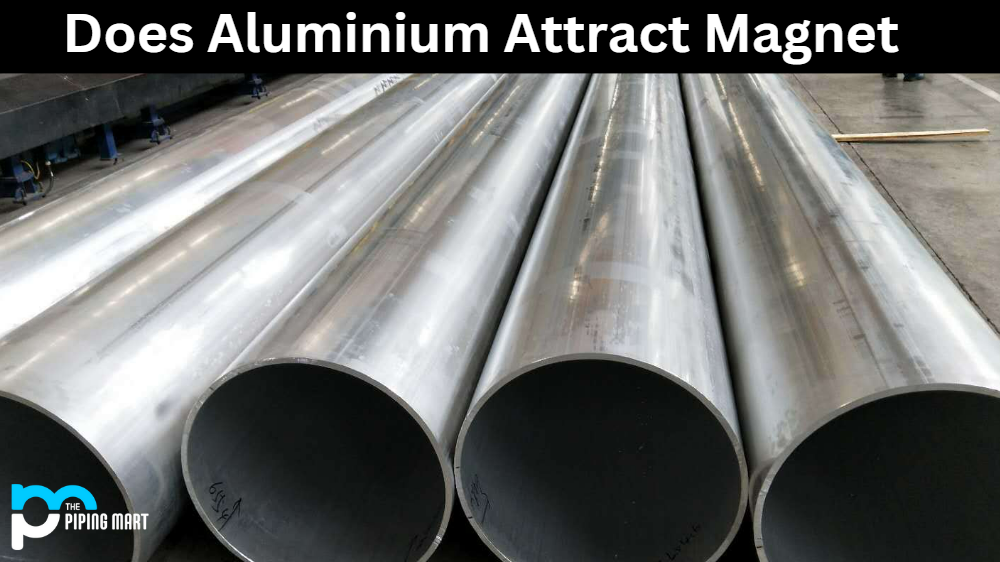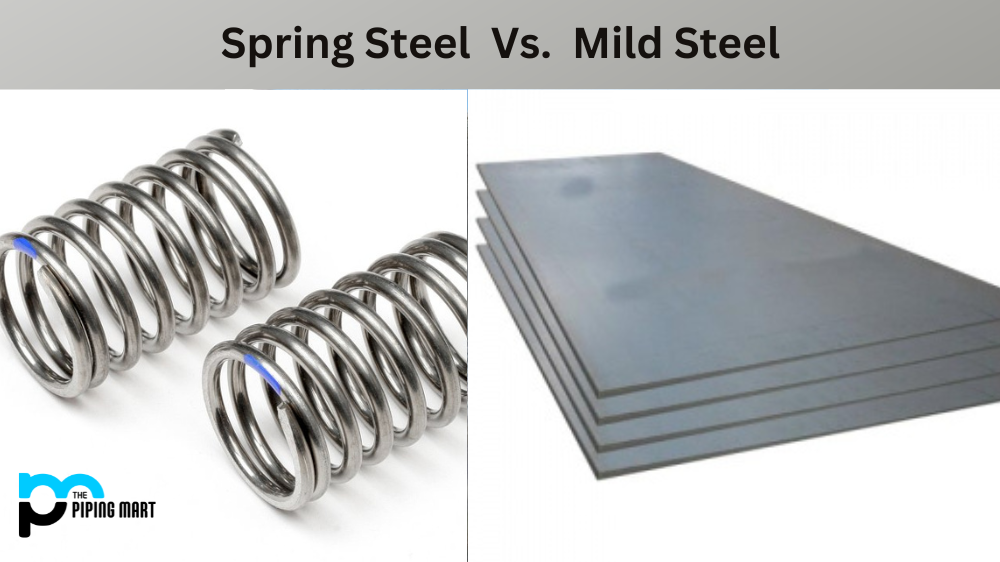Have you ever wondered what tungsten is made of? You may not be aware, but tungsten is a chemical element with the symbol W and atomic number 74. It is a rare earth metal that has many important uses in industry, including jewelry making. Let’s explore this fascinating element and learn more about it.
Properties of Tungsten
Tungsten is one of the five naturally occurring elements classified as “transition metals” because their electron configurations are midway between those of other elements. Its name originates from the Swedish words for “heavy stone.” It has one of the highest melting points (3422 °C) and densities (19.25 g/cm3) among all metals, making it ideal for industrial applications such as cutting tools and heating elements. It also has excellent electrical conductivity and a low coefficient of thermal expansion, which makes it well-suited for electronics applications.
- Tungsten is a transition metal on the periodic table, and as such, it has some unique properties.
- Tungsten is the heaviest known element, with a density of 19.3 g/cm3.
- Tungsten has the highest melting point of any element, at 3422 °C.
- Tungsten has the highest boiling point (5927 °C.)
- Tungsten is the hardest known element, with a Mohs hardness of 9.
- Tungsten is chemically inert, meaning it does not react with most other elements.
- Tungsten has the highest tensile strength of any element, meaning it can be drawn into the thinnest wire possible.
- Due to its high melting point and density, tungsten is used in many applications where heat and weight are major concerns, such as light bulb filaments and X-ray tubes.
Uses of Tungsten
Tungsten finds use in many industries. In addition to jewelry manufacturing, it is used in the production of electrical components, heat sinks, aircraft parts, heavy machinery components, high-strength steel alloys, medical device components, and radiation shielding materials. It can also be found in lamps and lightbulbs due to its excellent electrical properties. Additionally, tungsten oxide is used as an additive to paint and ink to improve durability against intense temperatures or ultraviolet rays.
- Tungsten is a metal that is used in a variety of applications.
- Tungsten is used in the production of steel.
- Tungsten is used in the production of tungsten alloys.
- Tungsten is used in the production of tungsten carbide.
- Tungsten is used as a catalyst in chemical reactions.
- Tungsten is used in electron microscopes.
- Tungsten is used in X-ray machines.
- Tungsten is used in lighting applications.
Toxicology
When present at very high concentrations in air or water sources, tungsten compounds can be toxic to humans or animals due to their potential carcinogenic effects on living organisms if inhaled or ingested. However, there are no known cases where people have been directly harmed by exposure to tungsten dust particles from welding activities or through contact with manufactured products containing tungsten compounds like jewelry or lightbulbs.
Conclusion:
Tungsten is a valuable chemical element that finds use in many industries thanks to its impressive properties, such as its extremely high melting point and density combined with excellent electrical conductivity and low coefficient of thermal expansion. Although it can be toxic when present at very high concentrations in air or water sources, direct contact with manufactured products containing tungsten compounds poses no threat to human health when handled correctly. With so many applications ranging from jewelry manufacture to aircraft parts production, it’s clear that this rare earth metal will continue to play an important role in our world for years to come!

Pipingmart is a B2B portal that specializes in metal, industrial and piping items. Additionally, we share the latest information and information about materials, products and various types of grades to assist businesses that are involved in this business.




